6. The Thing (1982, John Carpenter)
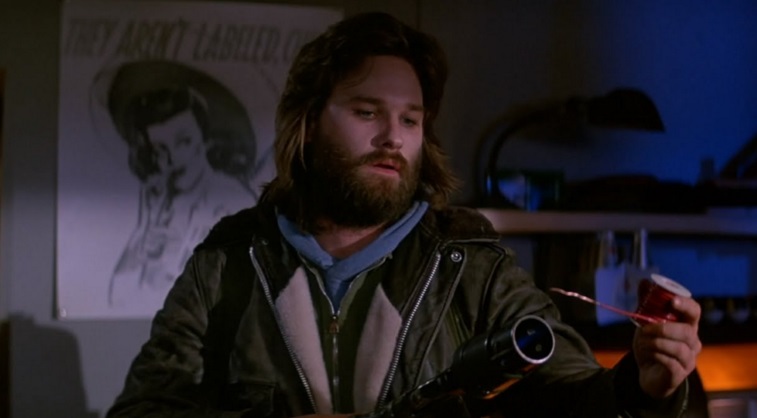
One of the hallmarks of del Toro’s filmography is horrific otherworldly monsters created via practical effects, from the Pale Man from Pan’s Labyrinth to the fleshy creations in his upcoming project Scary Stories to Tell in the Dark. Anyone interested in this aspect of del Toro’s art should see John Carpenter’s The Thing, a film about a murderous shapeshifting alien which showcases the most horrific practical effects, ever captured on film.
Flesh twists, bones crack and the titular thing transforms from one creature worthy of an H. R. Giger or Salvador Dalí fever dream to the next. While not derived from one of the author’s works, the film embodies the visceral hopelessness of H. P. Lovecraft’s short fiction biter than most Lovecraft films do.
The Thing should be requisite viewing before anyone sees del Toro’s long-awaited film adaption of Lovecraft’s novella, At the Mountains of Madness, if that film ever gets made. The Thing is a pre-Guillermo del Toro Guillermo del Toro movie, for better and for worse. Like many of del Toro’s lesser efforts, The Thing is decidedly a style over substance affair. The film’s surreal images will stay with you for years. Its paper-thin characters will not.
7. Frankenstein (1931, James Whale)
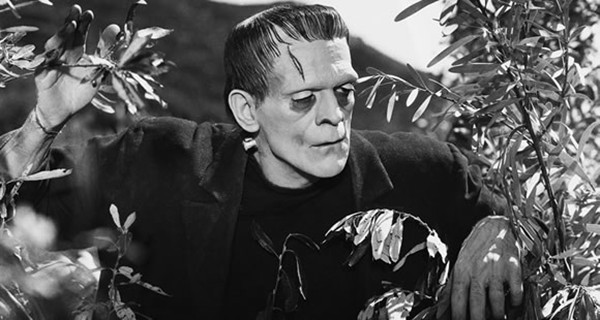
The monster in Frankenstein by Mary Shelly is a complicated, layered character worthy of a Shakespearean tragedy. He is victim and victimizer, heartless and sensitive, a fledgling, innocent child and a fully formed villain. The nuances of the character were apparently unappealing to Great Depression audiences.
In their attempts to dilute the character for the masses, director James Whale and company crated a lasting trope that Hollywood in general and del Toro in particular fell in love with – the entirely innocent monster.
By changing the creature in Shelley’s novel from a silver-tongued schemer who spends his spare time reading John Milton, Plutarch and Johan Wolfgang von Goethe to a dumb animal who doesn’t understand his own strength and can barely speak. Whales made the character a guiltless victim of circumstance who is nothing but sympathetic: forgive him audience, for he knows not what he does.
While Whales’ take on the story lacks the complexity of Shelley’s original, it still has a powerful simplicity that has allowed it to survive to this day. Everything from The Wolfman to Interview with the Vampire to Twilight owes it a debt of gratitude, as do the many kindhearted monstrosities from del Toro’s physiognomy-hating imagination.
8. The Others (2001, Alejandro Amenábar)
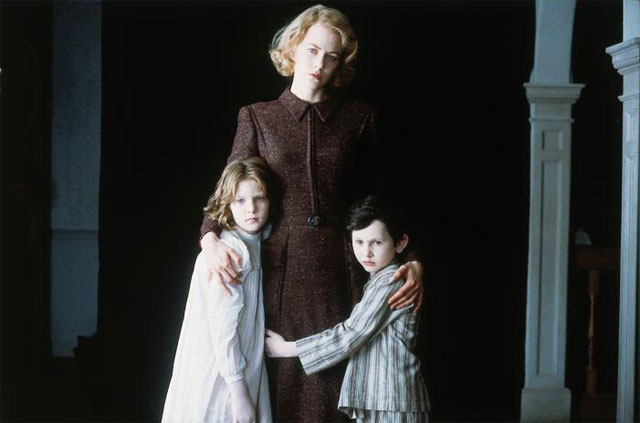
It’s not just Catholicism proper that has had a major effect on Guillermo del Toro, it’s Catholic guilt. There’s a number of post-sexual revolution horror film that cover the concept, the most famous being Brian de Palma’s Carrie.
While Carrie remains a classic, its portrayal of Catholic guilt is intentionally over the top with its numerous and obvious uses of crucifixion and martyr imagery; the film’s portrayal of Catholic guilt might be memorable but it’s not real.
The Others, however, is a film which understands the concept. The film features ghosts, murder, a strange disease and the archetypal old dark house, but its most horrific moments might just be the scenes where Nicole Kidman’s character indoctrinates her children into an extremely morbid version of Catholic dogma about sin and hell.
To Kidman’s character, God is not forgiving or even stern yet just but sadistic and cruel, just salivating at the thought of casting sinners into hell. The sequence is disorienting partially because the children believe what they are told. But more so because their mother seems to sincerely believe that what she is telling her children is what they need to hear that the trauma she creates is born from love. The Others thusly works as a great companion piece to del Toro’s Crono’s, a similarly skeptical horror exploration of Catholic dogma.
9. Nosferatu (1922, F. W. Murnau)
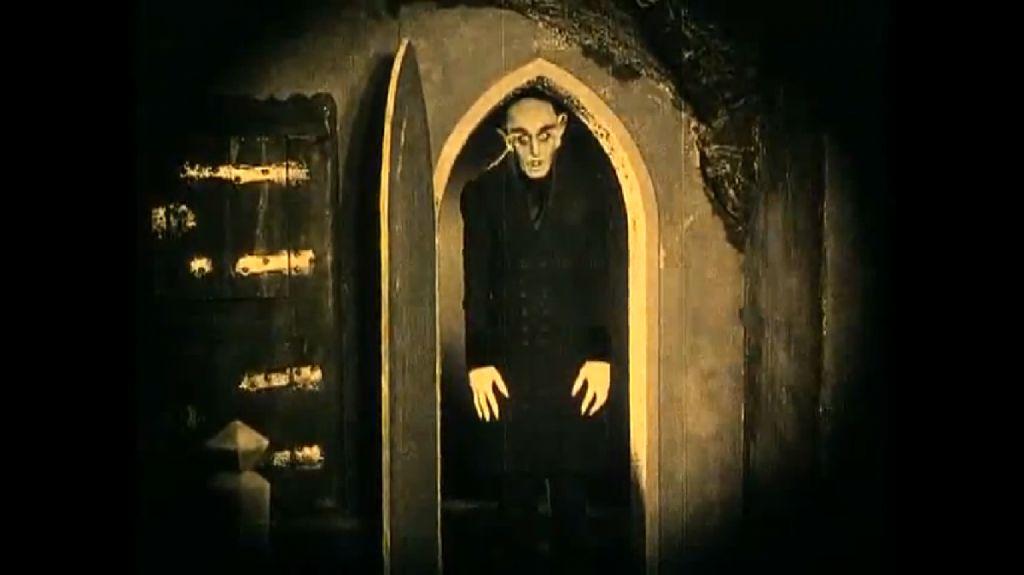
While earlier silent films like George Méliès’s The Haunted Castle and Robert Wiene’s The Cabinet of Dr. Caligari captured horror as the realm of the bizarre, Nosferatu was perhaps the first silent film to capture the atmosphere of the Victorian Gothic.
The barely subtextual xenophobia, repressed sexuality and expressive use of both scenery and architecture is all here: The film is brought to life mostly via the mesmerizing performance of Max Schreck, who creates the only screen vampire to date who feels like he is not truly human.
From his iconic rodent like makeup to his unnatural, almost insectoid movements, Schreck manages to stylize his performance without the tiniest iota of camp feeling not like a character of anything, but like something from a completely different universe. Schreck exists in a category that is almost all his own – his only true peer is del Toro’s muse, Doug Jones, who often portrays monsters who are believably unbelievable.
10. Let’s Scare Jessica to Death (1971, John D. Hancock)
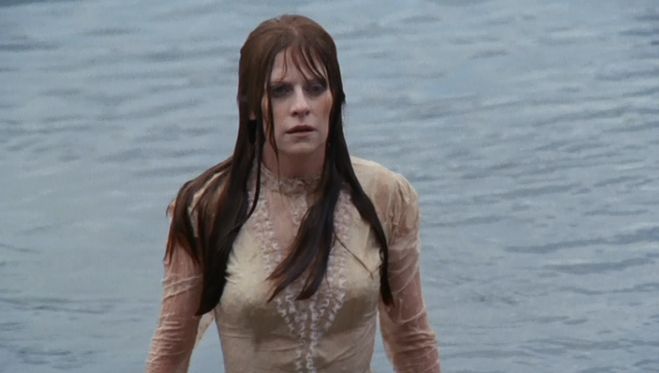
Pan’s Labyrinth gave del Toro a place in the hearts of many due to its intriguing blend of the fantastical, historical horror and coming of age. Its unique storyline will have film buffs, scholars and theorists debating for years about its exact meaning. If Pan’s Labyrinth was a look into the beautiful and horrific depths of a young girl’s heart, Let’s Scare Jessica to Death is that film’s wearier older sister.
Like Labyrinth, Let’s Scare Jessica to Death is part of a rare reed of artisan horror films -ignoring its William Castle style title. Jessica has much of the same DNA of Labyrinth but instead weaves a much darker tapestry it’s the rare dark bildungsroman where are lead character sets aside childish things not to come to a better place, but to live in a terrifying reality from which she cannot escape.
Both Pan’s Labyrinth and Let’s Scare Jessica to Death feature brilliant filmmaking, but the latter manages to impress on a much smaller budget, displaying a shoestring ingenuity more reminiscent of del Toro’s earlier, less expensive features.
To Jessica’s is also Labyrinth’s dark sister in another way; Labyrinth became an immediate internationally and success and critical darling; while Jessica languishes in cold obscurity nearly fifty years after its release.